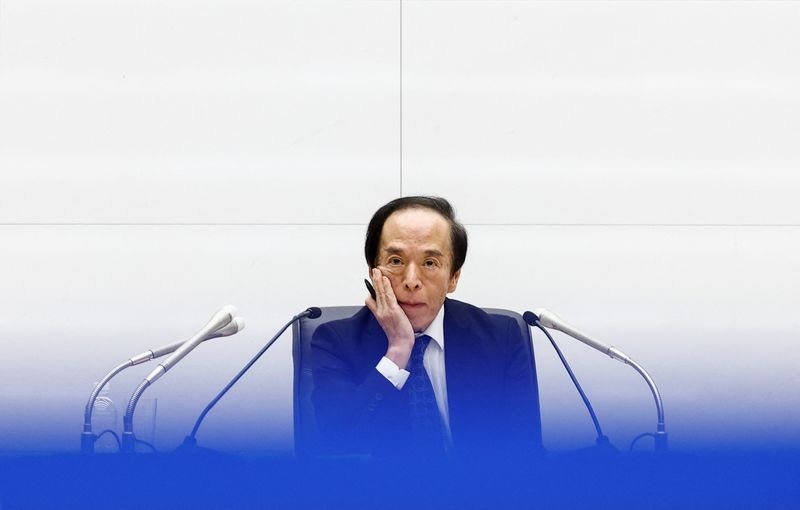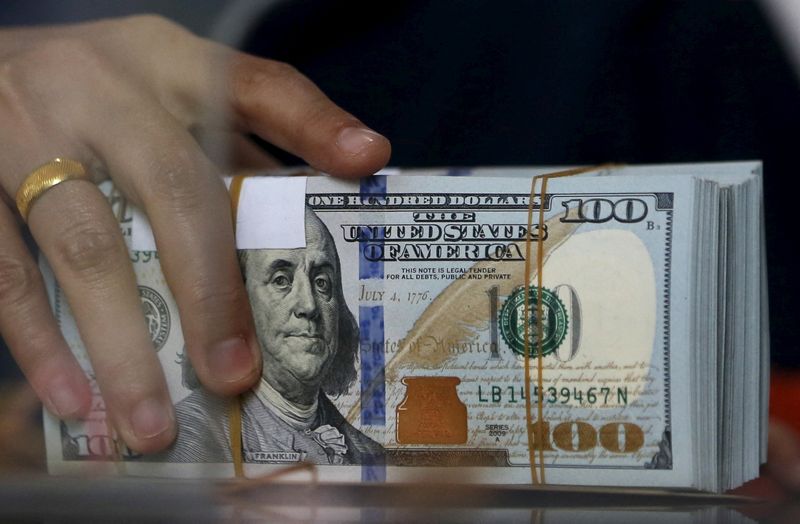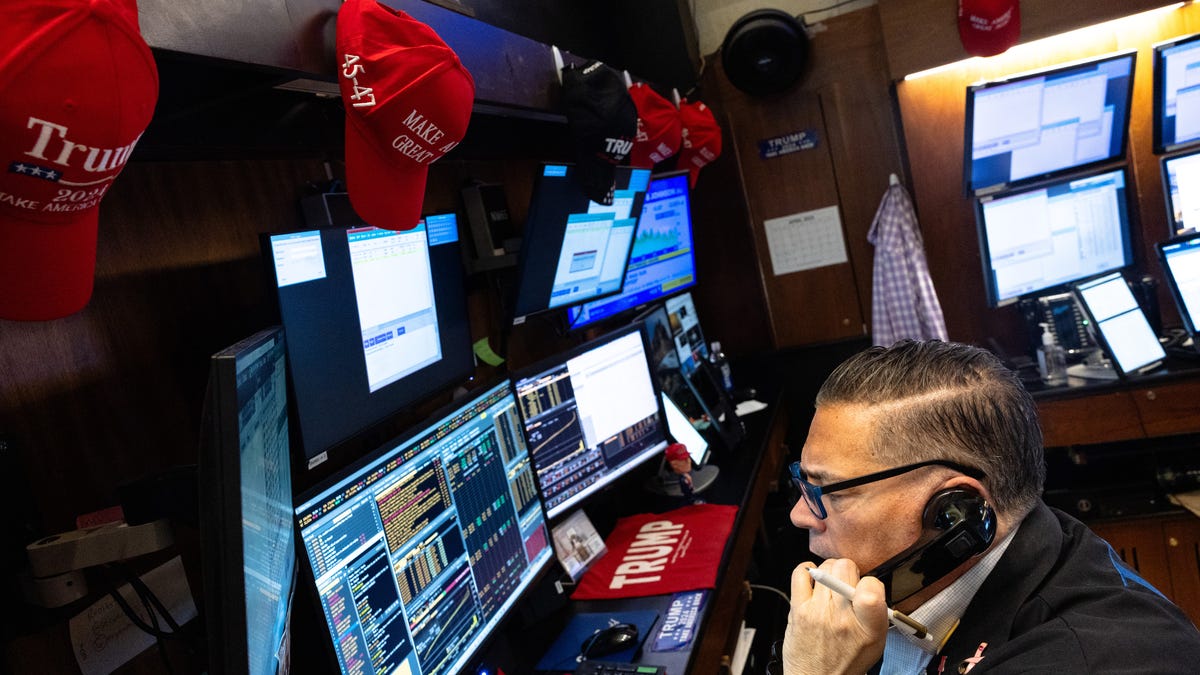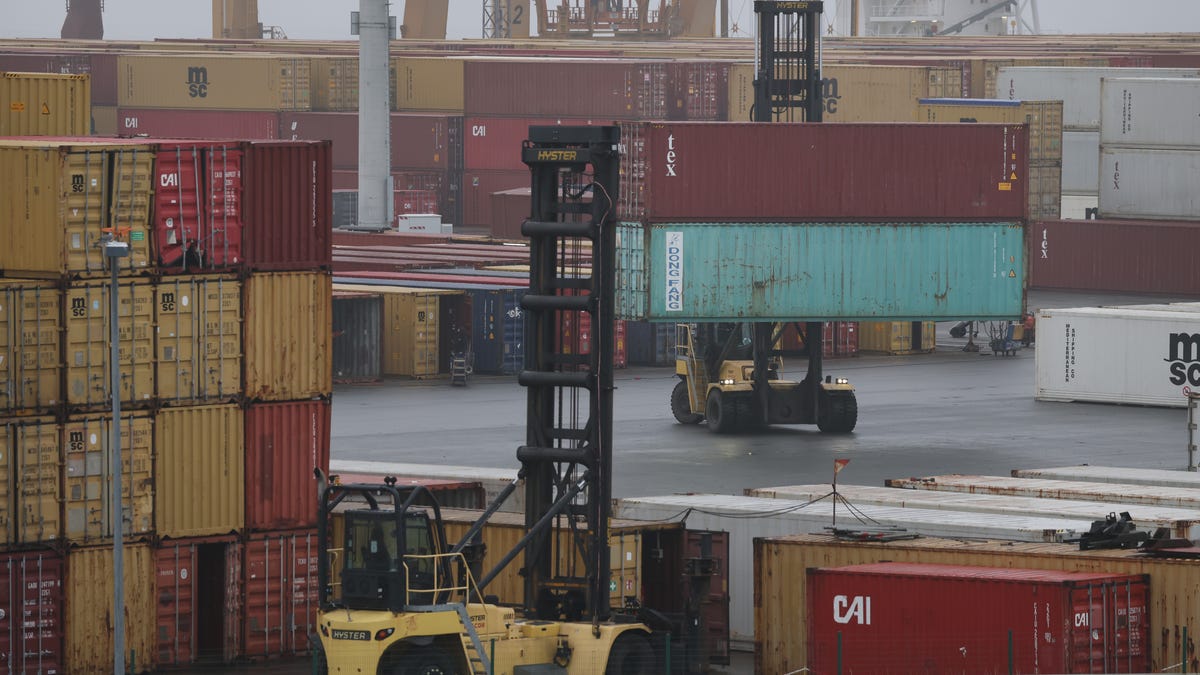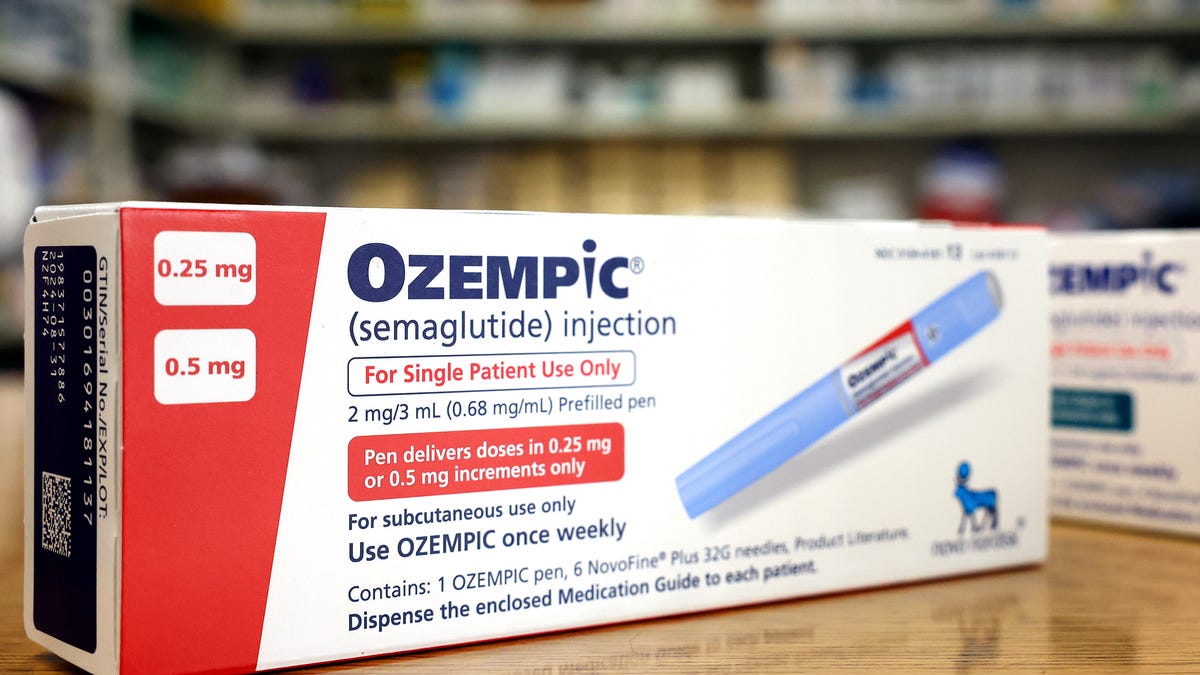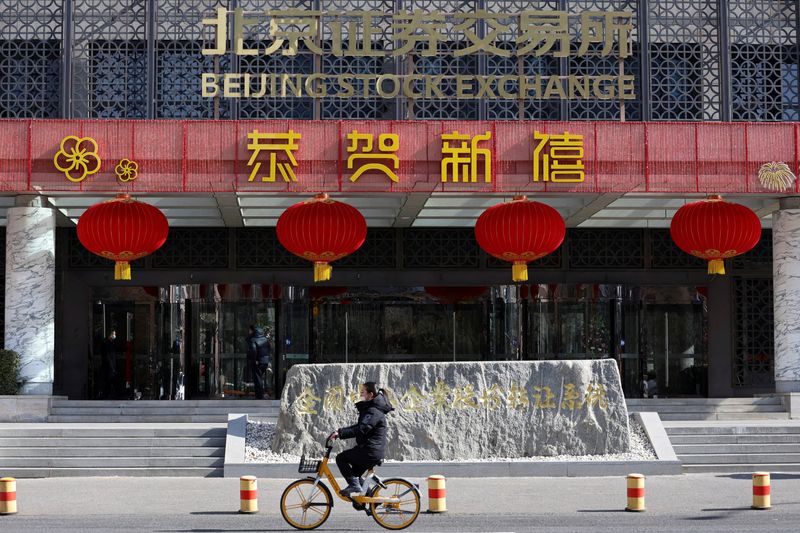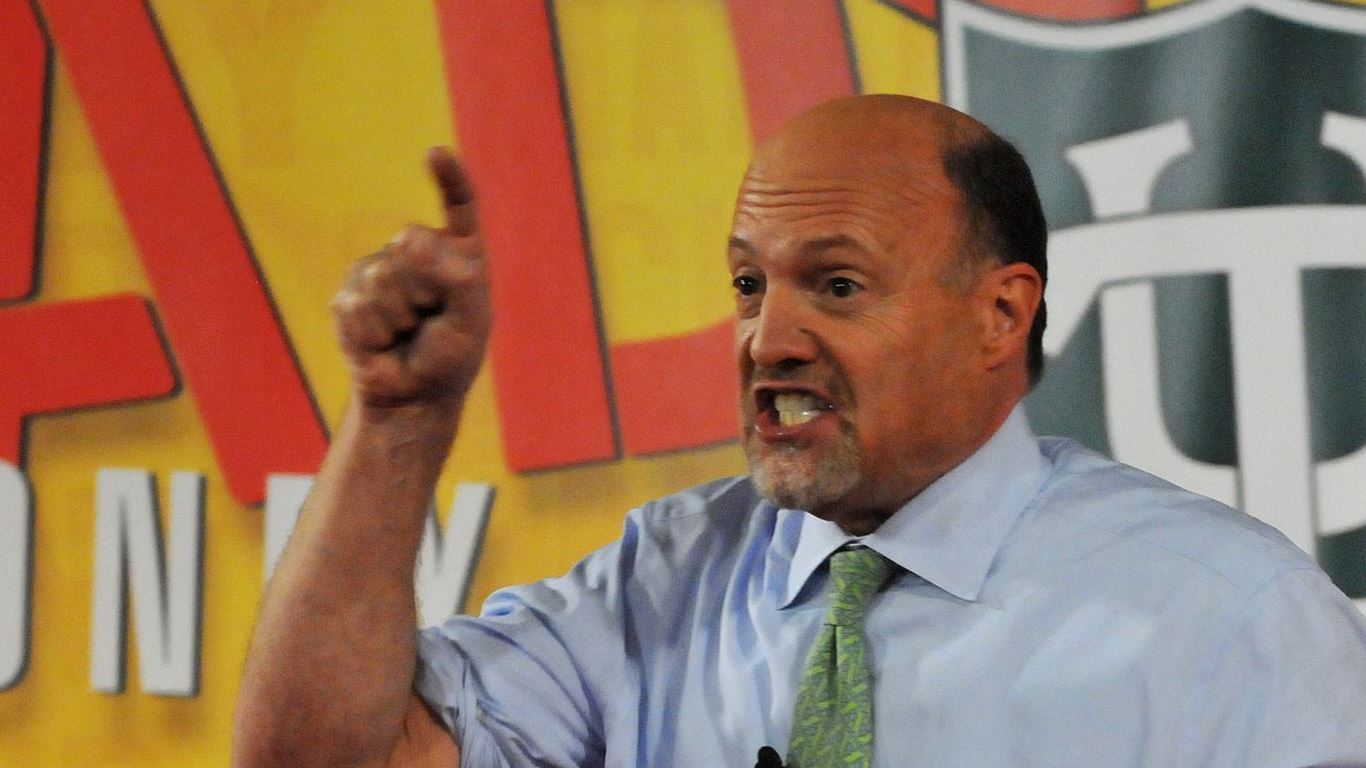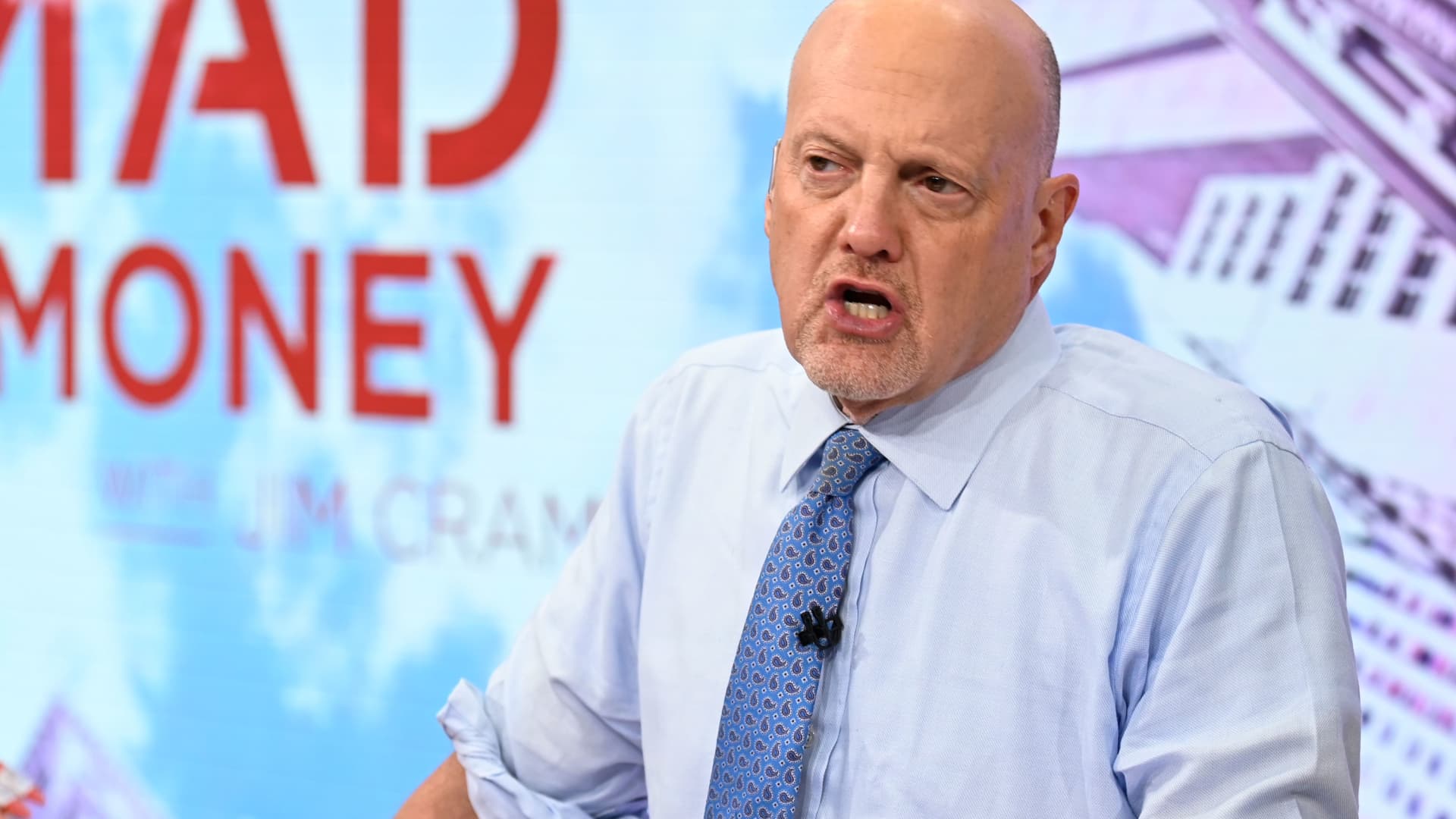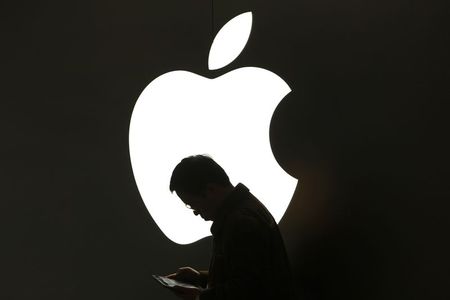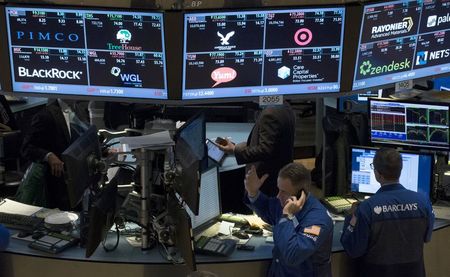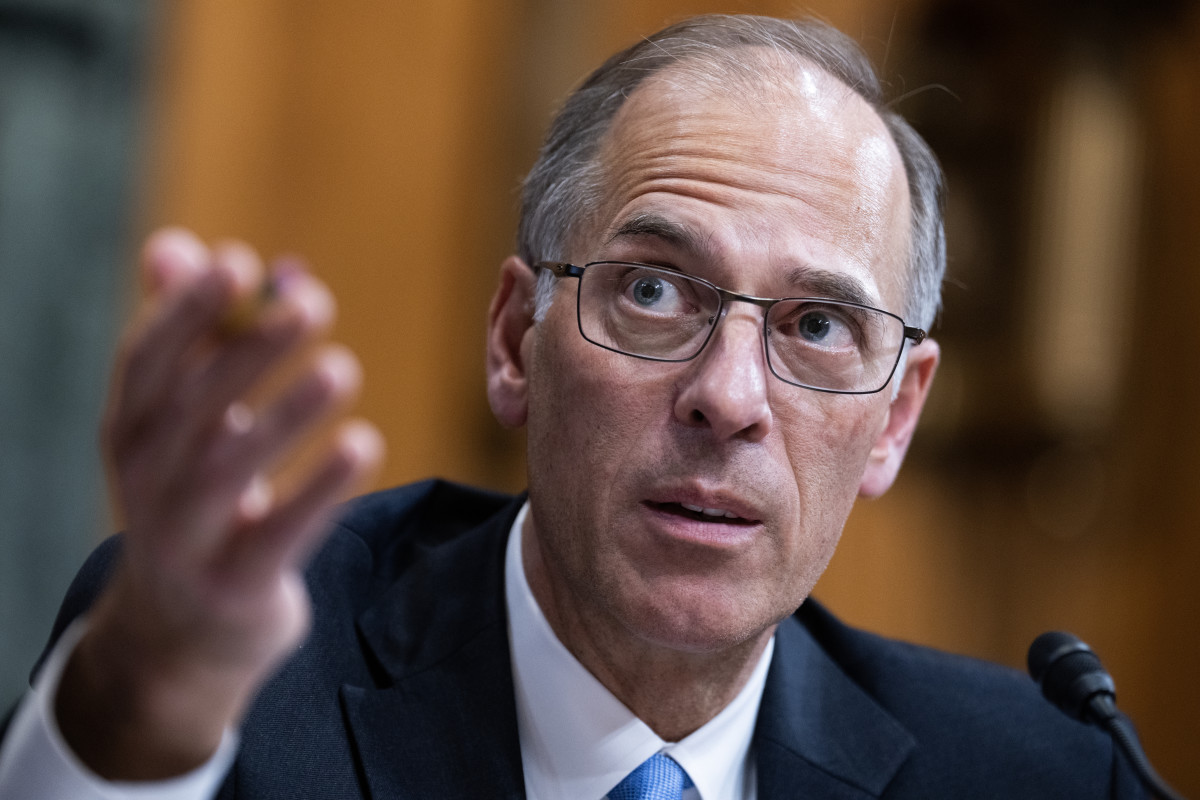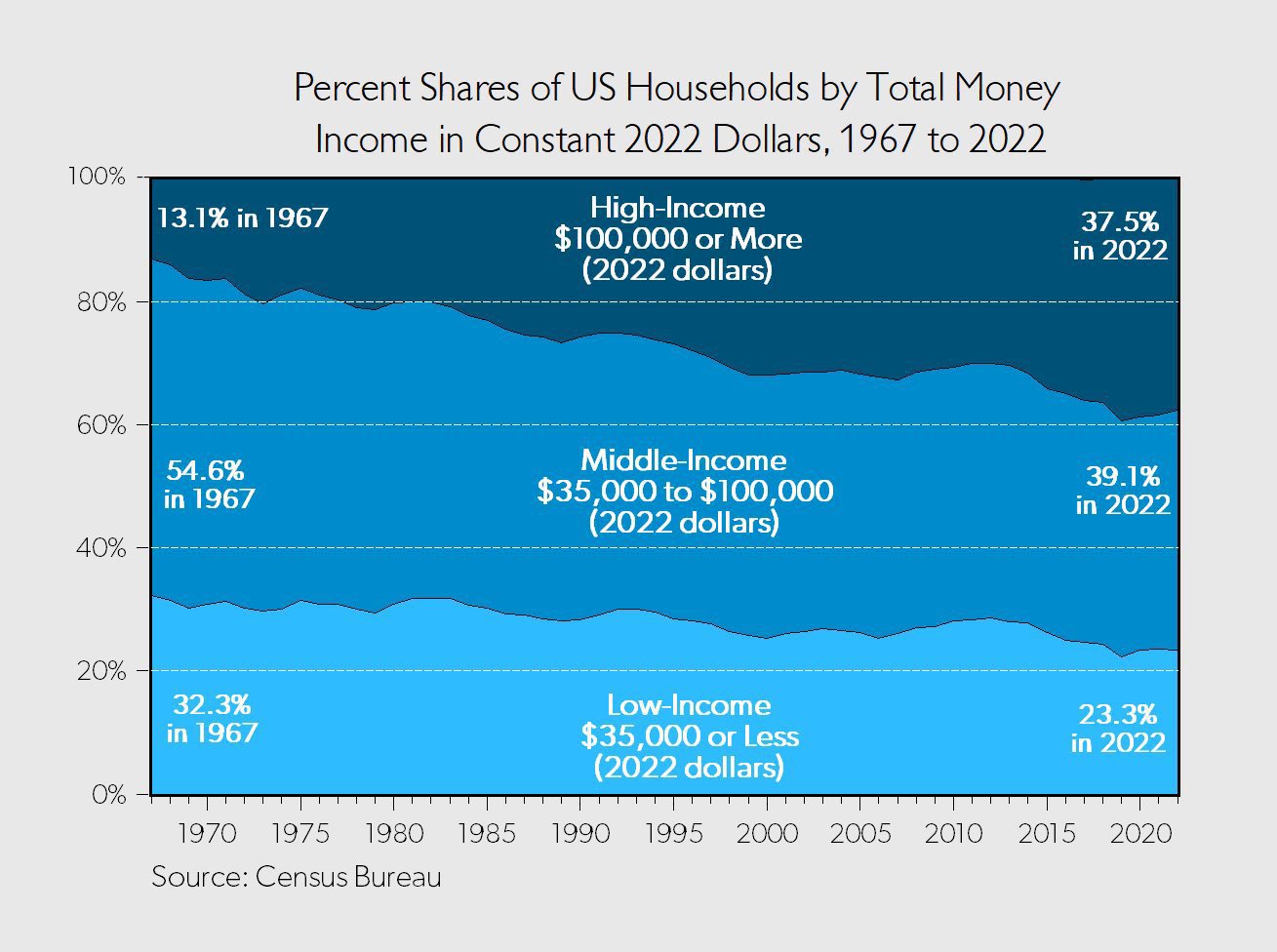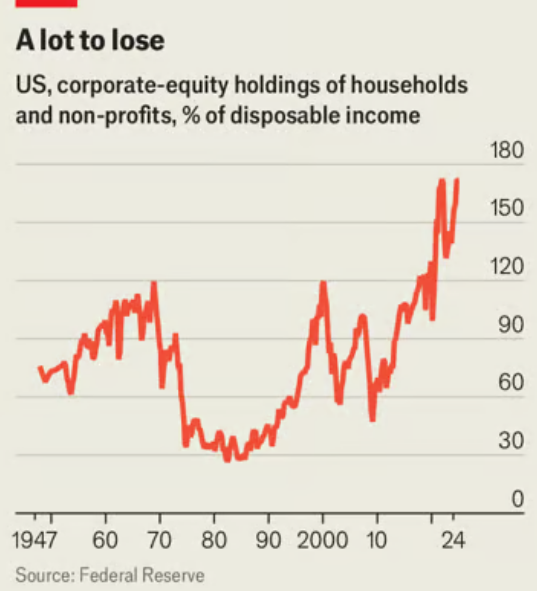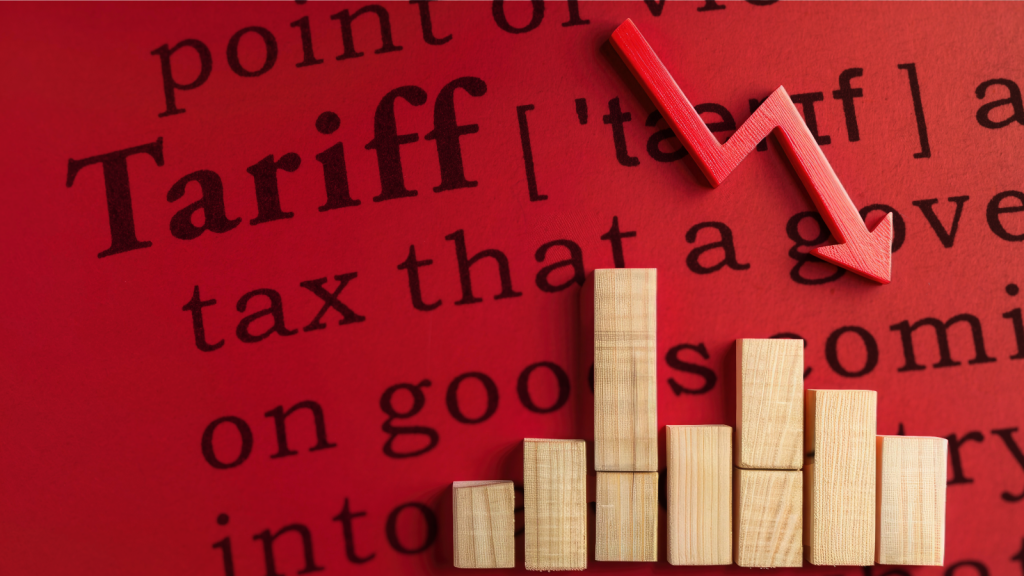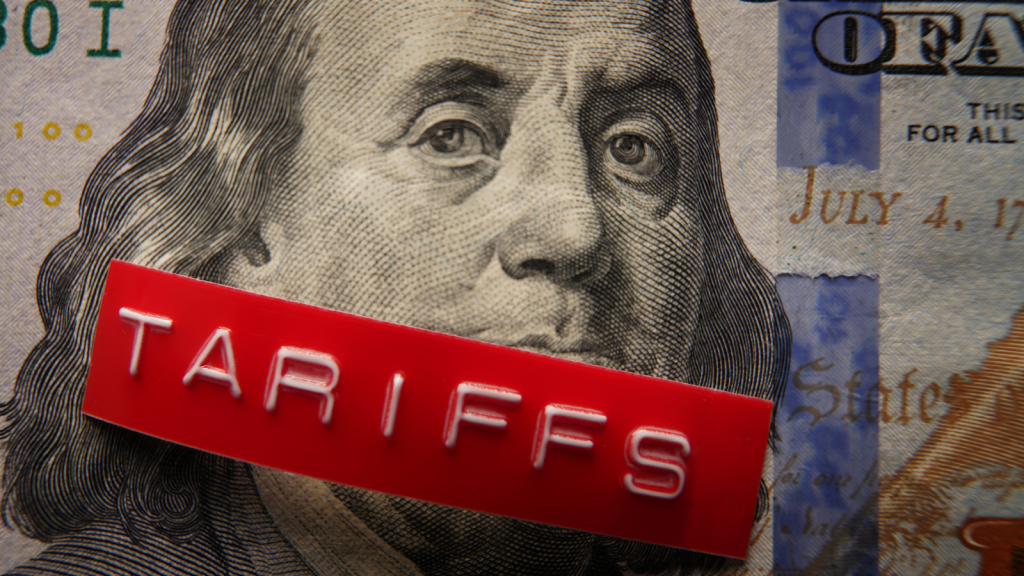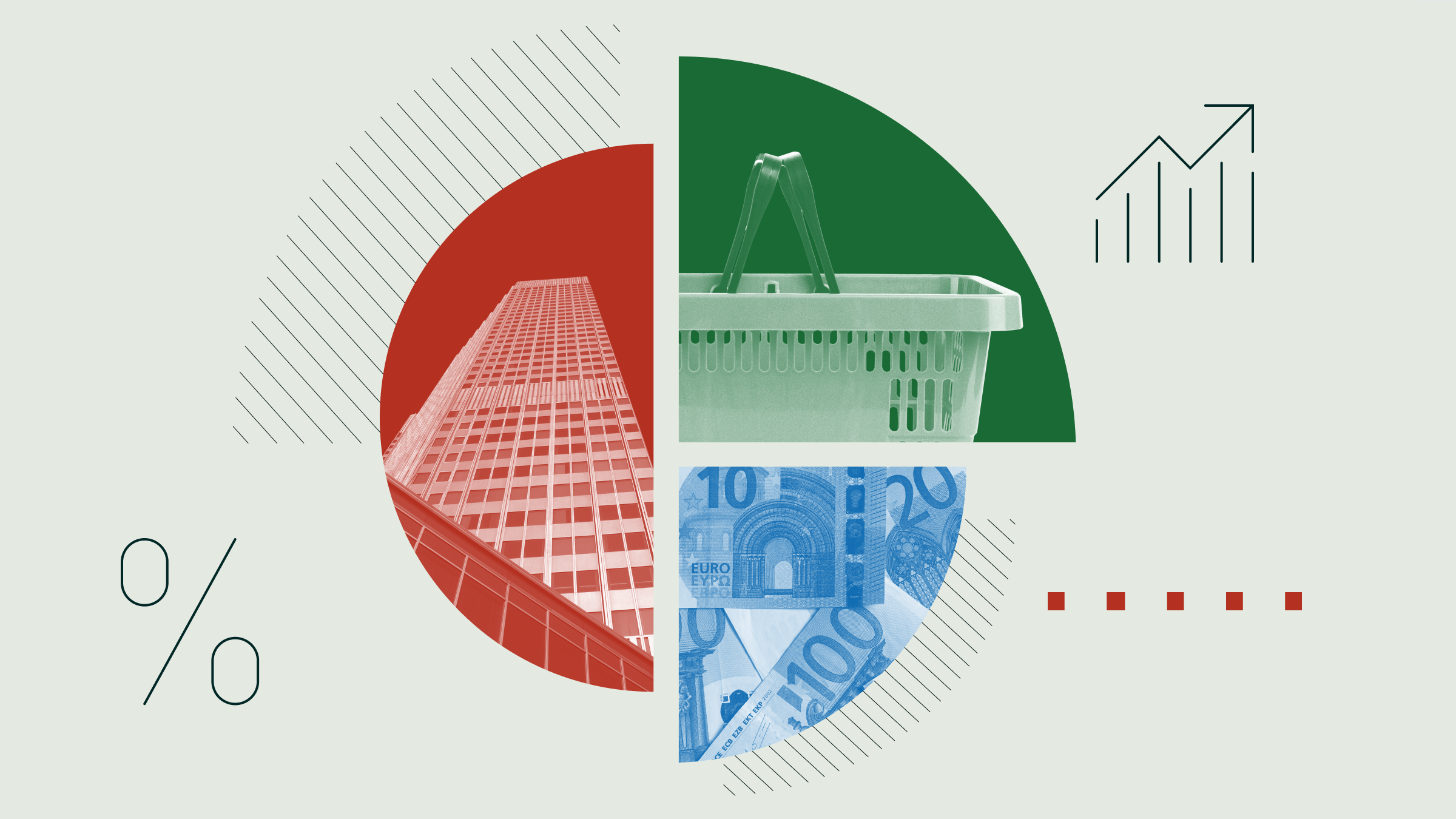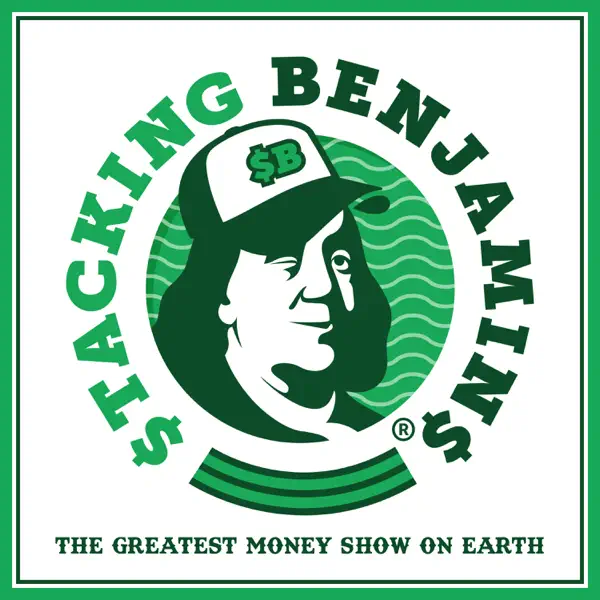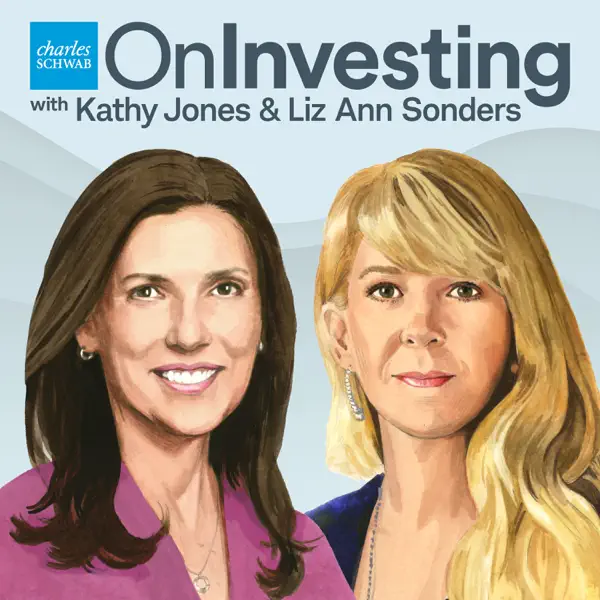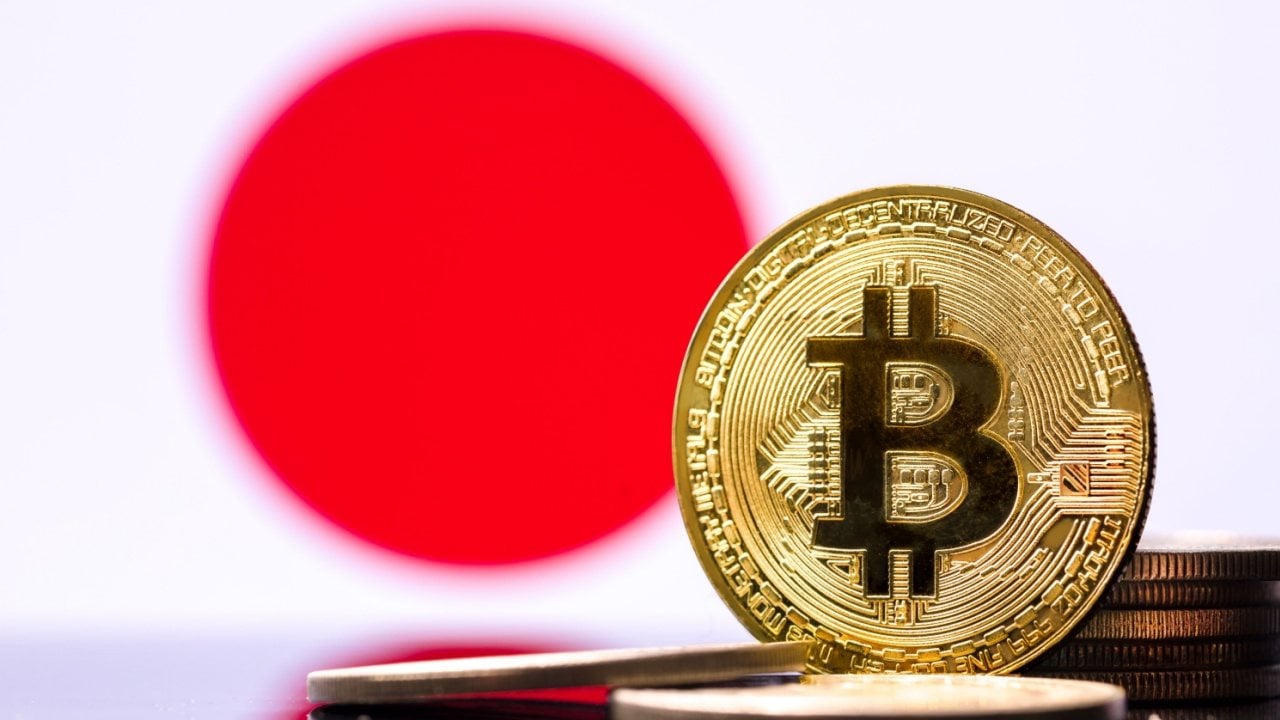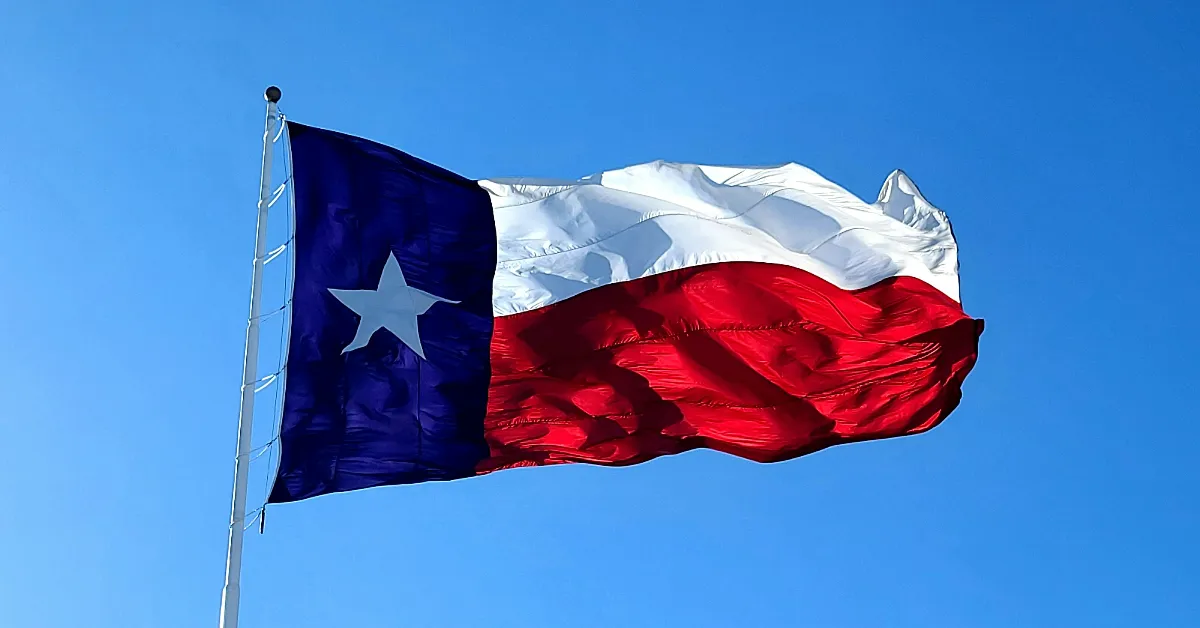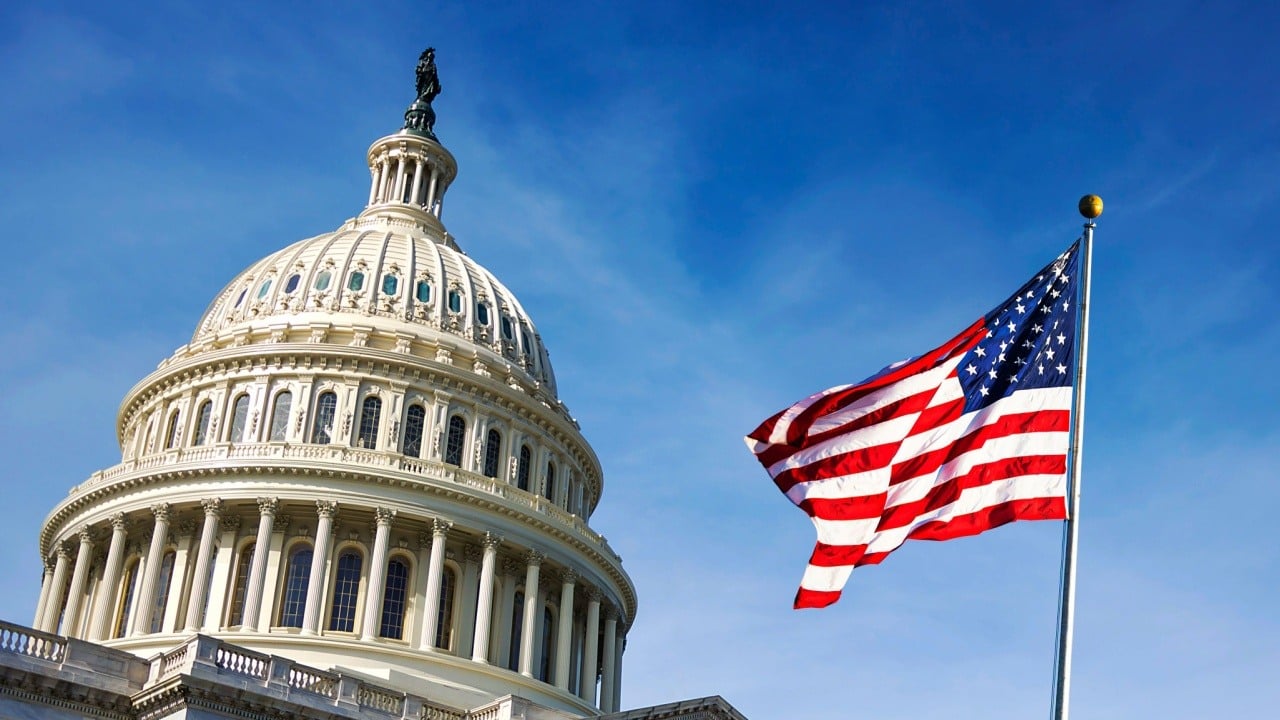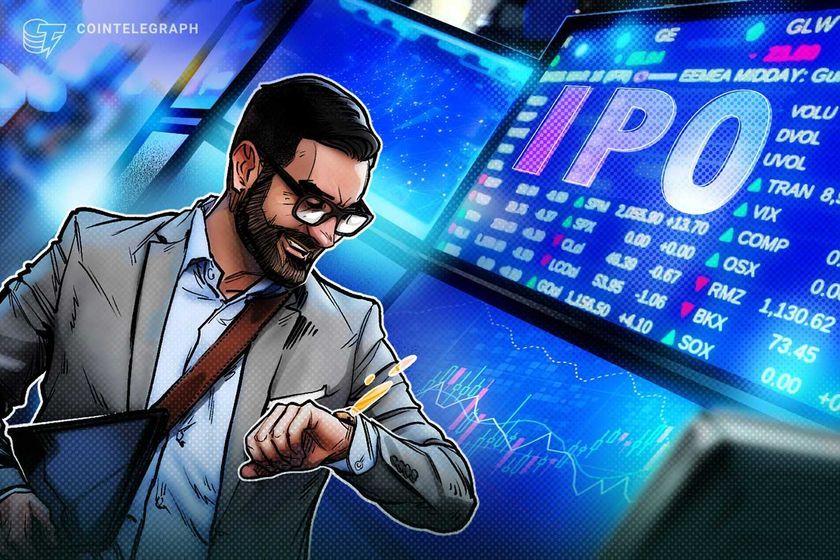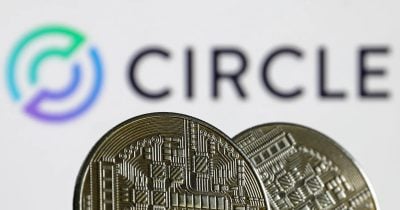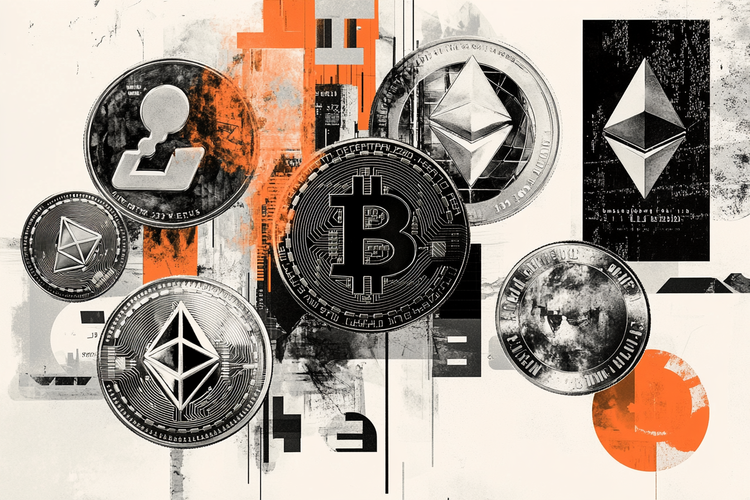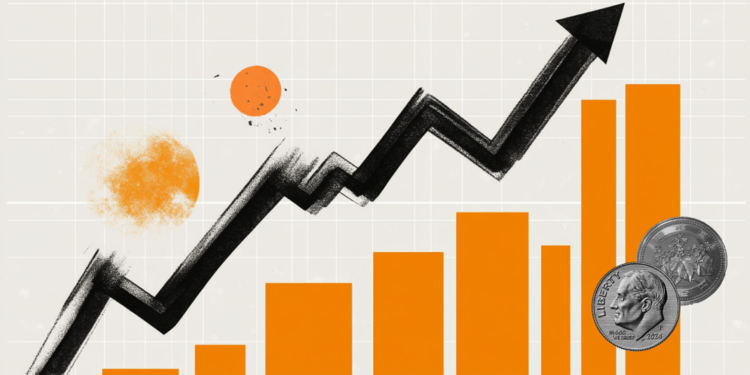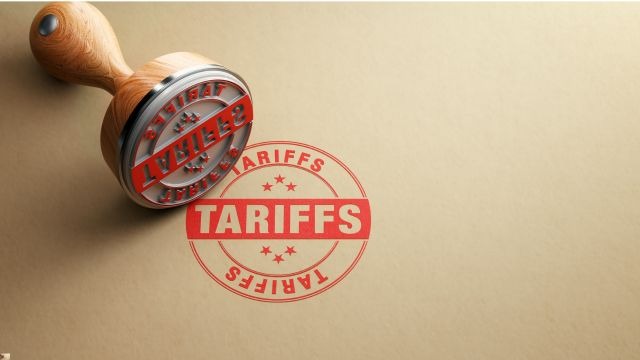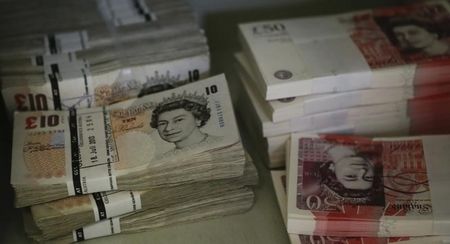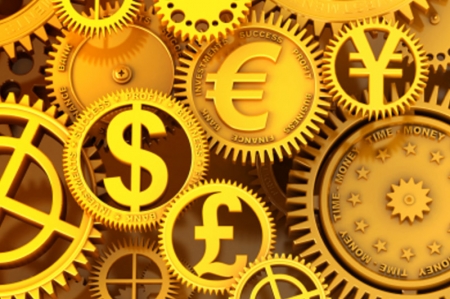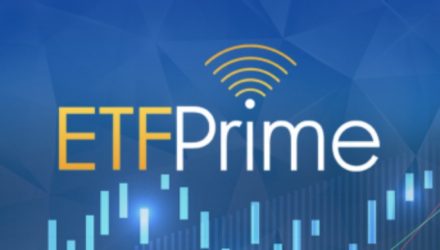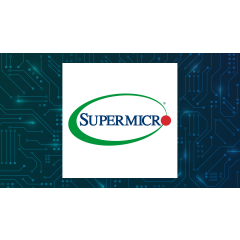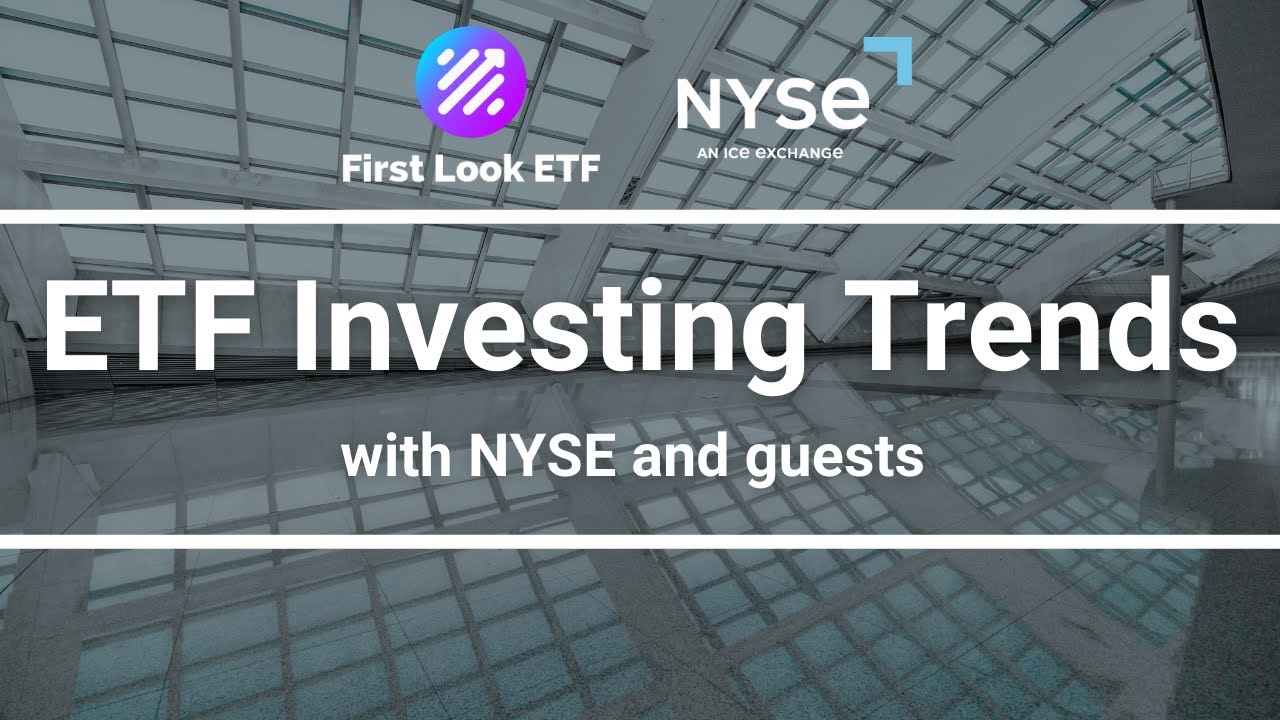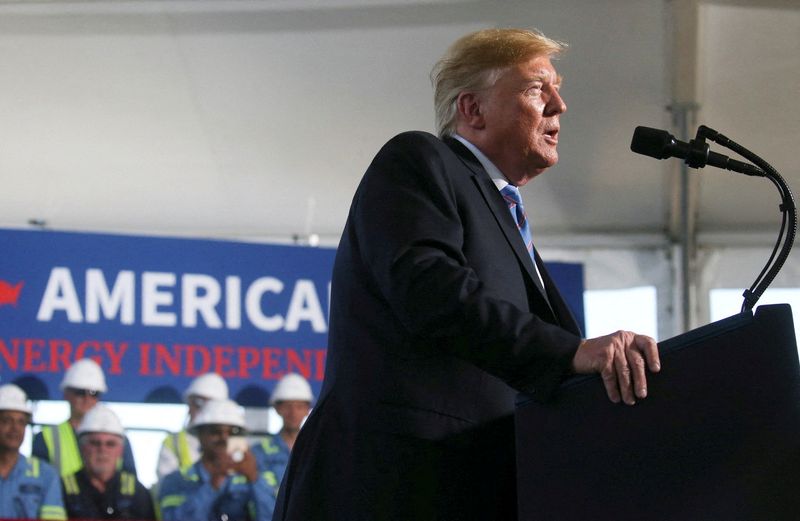2 ETFs to Avoid as Trump’s “Liberation Day” Approaches
Exchange-traded funds (ETFs) offer investors a compelling way to diversify portfolios with ease, combining the flexibility of stocks with the broad exposure of mutual funds. They typically boast lower fees than actively managed funds, making them cost-efficient for long-term growth. With a single ETF, you can tap into entire sectors, markets, or asset classes, reducing […] The post 2 ETFs to Avoid as Trump’s “Liberation Day” Approaches appeared first on 24/7 Wall St..
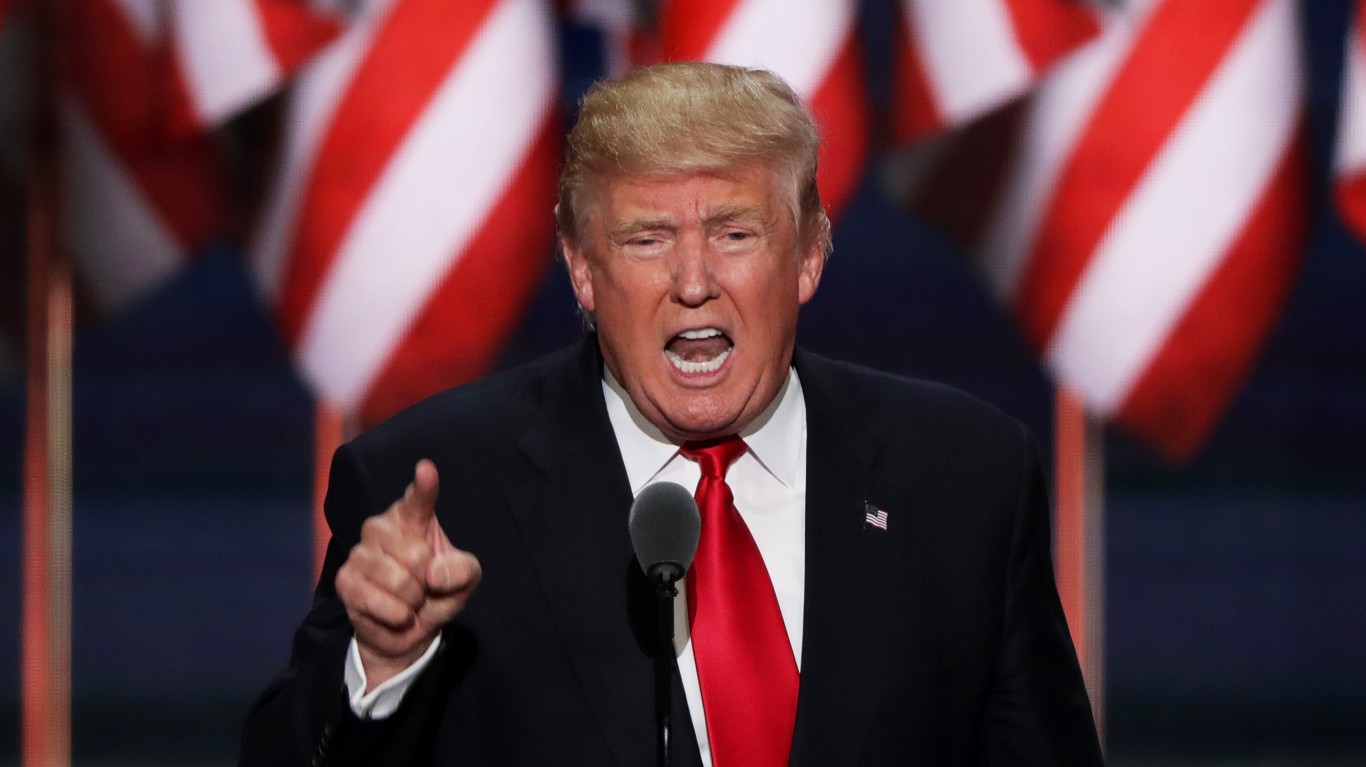
Exchange-traded funds (ETFs) offer investors a compelling way to diversify portfolios with ease, combining the flexibility of stocks with the broad exposure of mutual funds. They typically boast lower fees than actively managed funds, making them cost-efficient for long-term growth.
With a single ETF, you can tap into entire sectors, markets, or asset classes, reducing the risk associated with individual stocks. Their liquidity from trading daily on exchanges adds convenience, while tax efficiency from lower turnover appeals to savvy investors.
However, as President Trump’s “Liberation Day” arrives on April 2, promising broad tariff shifts, caution is warranted. Some ETFs tied to industries vulnerable to trade disruptions could face volatility or underperformance. Investors should weigh global exposure and sector focus, as trade policies might erode gains in certain funds. ETFs remain a smart choice, but picking the right ones matters now more than ever.
Below are two ETFs you should probably avoid until the tariff storm blows over.
24/7 Wall St. Insights:
-
President Trump has declared April 2 as “Liberation Day,” the day he imposes sweeping new tariffs on the U.S.’s global trading partners.
-
While the fallout from the tariffs will be broad-based, certain sectors of the economy may bear the brunt harder than others.
-
ETFs tracking stocks in certain sectors of the economy that will be impacted harshly by tariffs should be avoided.
-
If you’re looking for some stocks with huge potential, make sure to grab a free copy of our brand-new “The Next NVIDIA” report. It features a software stock we’re confident has 10X potential.
First Trust S-Network Future Vehicles & Technology ETF (CARZ)
An ETF owning 99 stocks, the First Trust S-Network Future Vehicles & Technology ETF (NASDAQ:CARZ) could face a bumpy ride on Liberation Day. While the fund tracks companies in the electric vehicle, autonomous driving, and advanced automotive tech space, it owns almost all of the primary automakers who will experience sharply increased costs on vehicles and parts.
Despite the goal of the tariff hike is to boost domestic manufacturing, the ripple effects could disrupt the global supply chains these companies rely on.
Many firms in the ETF’s portfolio, including international giants with U.S. operations, source components from Canada, Mexico, and Asia, regions hit hard by the tariffs. Higher costs for parts could squeeze margins, delay production, and raise vehicle prices, potentially dampening demand in a price-sensitive market.
EVs are already battling adoption hurdles and they might see slower growth if tariffs inflate costs further, especially with Trump’s administration dialing back EV incentives. Moreover, the Big Three automakers Ford (NYSE:F), General Motors (NYSE:GM), and Stellantis (NYSE:STLA) will find the tariffs especially painful.
Total U.S. new vehicle sales for 2024 are estimated at around 15.9 units, with approximately 2.2 million coming from Mexico and about 1.2 million from Canada, or 13.8% and 7.5%, respectively. Exports to those countries totalled about 1.2 million.
There are a lot of technology stocks in the ETF too, including Nvidia (NASDAQ:NVDA), Apple (NASDAQ:AAPL), and Microsoft (NASDAQ:MSFT) that might soften the blow (or not, depending upon how they’re hit by tariffs).
Investors seeking stability might want to pause buying CARZ as tariffs, inflation, and market jitters cast a shadow over this ETF. Safer bets may lie in less trade-exposed sectors until the dust settles.
iShares U.S. Aerospace & Defense ETF (ITA)
The iShares U.S. Aerospace & Defense ETF (NYSEAMEX:ITA) is the second ETF you will want to approach with caution. This fund, heavily weighted toward U.S.-based giants in aerospace and defense, could face turbulence from Trump’s trade policies, including 25% tariffs on imports from Canada and Mexico.
While these companies thrive on domestic military contracts, their supply chains often stretch across North America, relying on Canadian and Mexican components for aircraft and defense systems. Tariffs could hike production costs, squeezing margins at a time when inflation fears already loom.
Moreover, “Liberation Day” hints at reciprocal tariffs matching foreign duties, risking retaliation from allies. They might stop buying U.S. equipment too. According to the Associated Press, The European Union purchases about two-thirds of its military equipment from U.S. defense companies, but are now rethinking their purchases of F-16 and F-35 fighter jets made by General Dynamics (NYSE:GD) and Lockheed-Martin (NYSE:LMT). This could disrupt export markets for U.S. aerospace firms.
With defense budgets under scrutiny and potential trade wars brewing, the ETF’s growth could stall. GE Aerospace (NYSE:GE), RTX (NYSE:RTX), and Boeing (NYSE:BA) are the ETF’s top three holdings.
Investors might find safer harbors elsewhere, as the uncertainty of tariff fallout, compounded by possible delays in Pentagon contracts, threatens to ground this fund’s high-flying potential in 2025.
The post 2 ETFs to Avoid as Trump’s “Liberation Day” Approaches appeared first on 24/7 Wall St..
